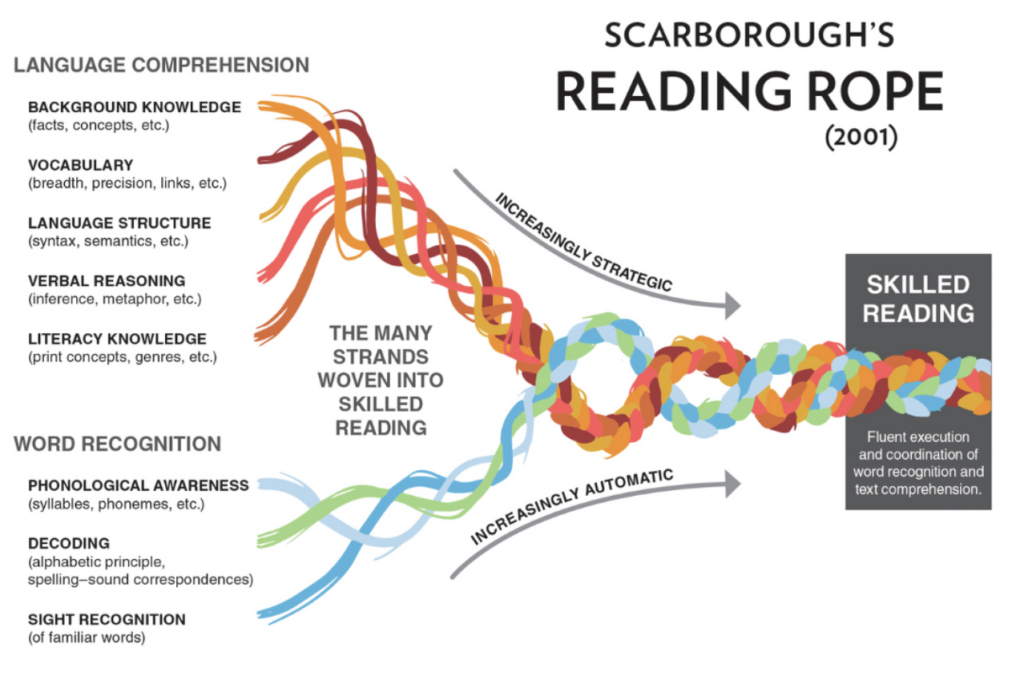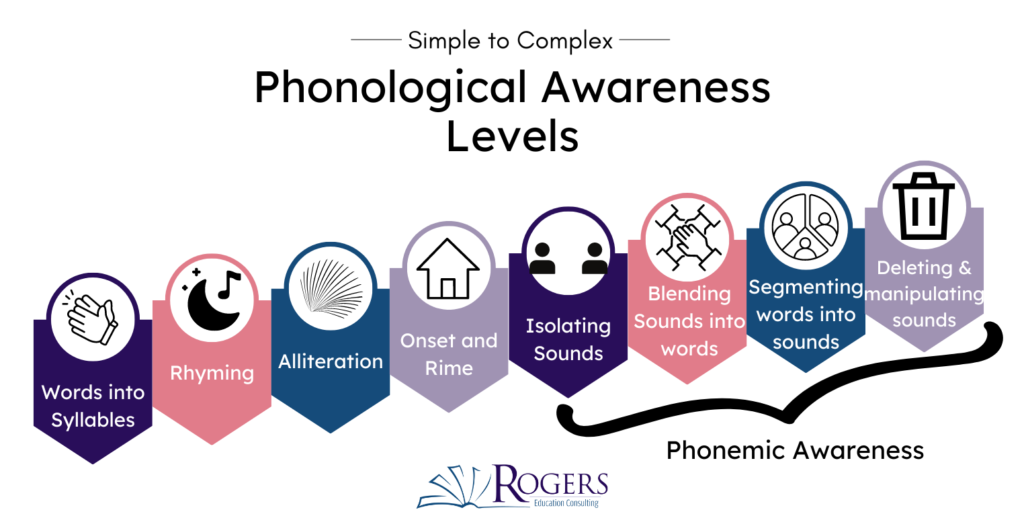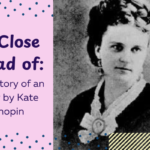In order to learn to read, students must have a balance between language comprehension and word recognition. Reading is about reading the word AND understanding its meaning. There is not always a 50/50 balance between these two vital pieces. Students in primary school will spend more time on word recognition, but both will still be taught.

Phonological awareness is one strand of word recognition. Reading requires phonological awareness, which is the ability to distinguish between the sounds in a word. It also explains how sounds in words work differently.
After some time working with different schools, I have been asked to share different strategies for teaching phonemic awareness. It is crucial that we teach these skills systematically, so this four-part series will explore different levels of phonemic awareness. The focus of this post is on the simplest level of all; isolating phonemes.
Quick Definitions
Phonology is the study of speech sounds of a language or languages.
Phonological Awareness is the ability to recognize that spoken words are made
up of individual sound parts.
Phonemic Awareness is the ability to identify and isolate, blend, segment, and
manipulate individual sounds in spoken words.

Isolating Sounds
Identifying and manipulating sounds begins with students being able to isolate sounds. The students should be able to separate initial, medial, and final sounds, as well as categorize them.
Whole Class Instruction
Multisensory – Make it multisensory. When teaching students to isolate sounds, touch the different parts of your arm as you say the three sounds (shoulder is the first sound, the elbow is the middle sound, and wrist is the third sound). You could also hold up fingers to show each phoneme, use Elkonin boxes, etc. The more senses students use, the more likely they are to retain the information.
I Spy – Once you have introduced the concept of initial sounds and you feel confident that 80% of the students understand and can isolate the sound, begin a game of I Spy. An example:
Teacher: I am thinking of something that begins with /w/. It is something you drink.
Students: water
Teacher: I am thinking of something that begins with /p/. It is something I write with.
Students: pencil
Repeat the activity for medial and ending sounds.
Small Group, Stations, Independent Practice
Picture Sorts – Prepare picture cards by initial, medial, or final sound (depending on the targeted focus). Have students sort the cards based on matching beginning, middle, or final sounds. Students can check each others’ work or they can take a picture of their work and submit it to you. (Click the picture or here to purchase your own cards)
Scavenger Hunt – Students can be assigned a letter or roll an alphabet die to choose one. Once the students have their letter, they should walk the room looking for items that begin with the assigned sound (or have the appropriate medial or final sound). They can take pictures of the items, draw them, or write them when located.
What is your favorite activity for isolating sounds?



